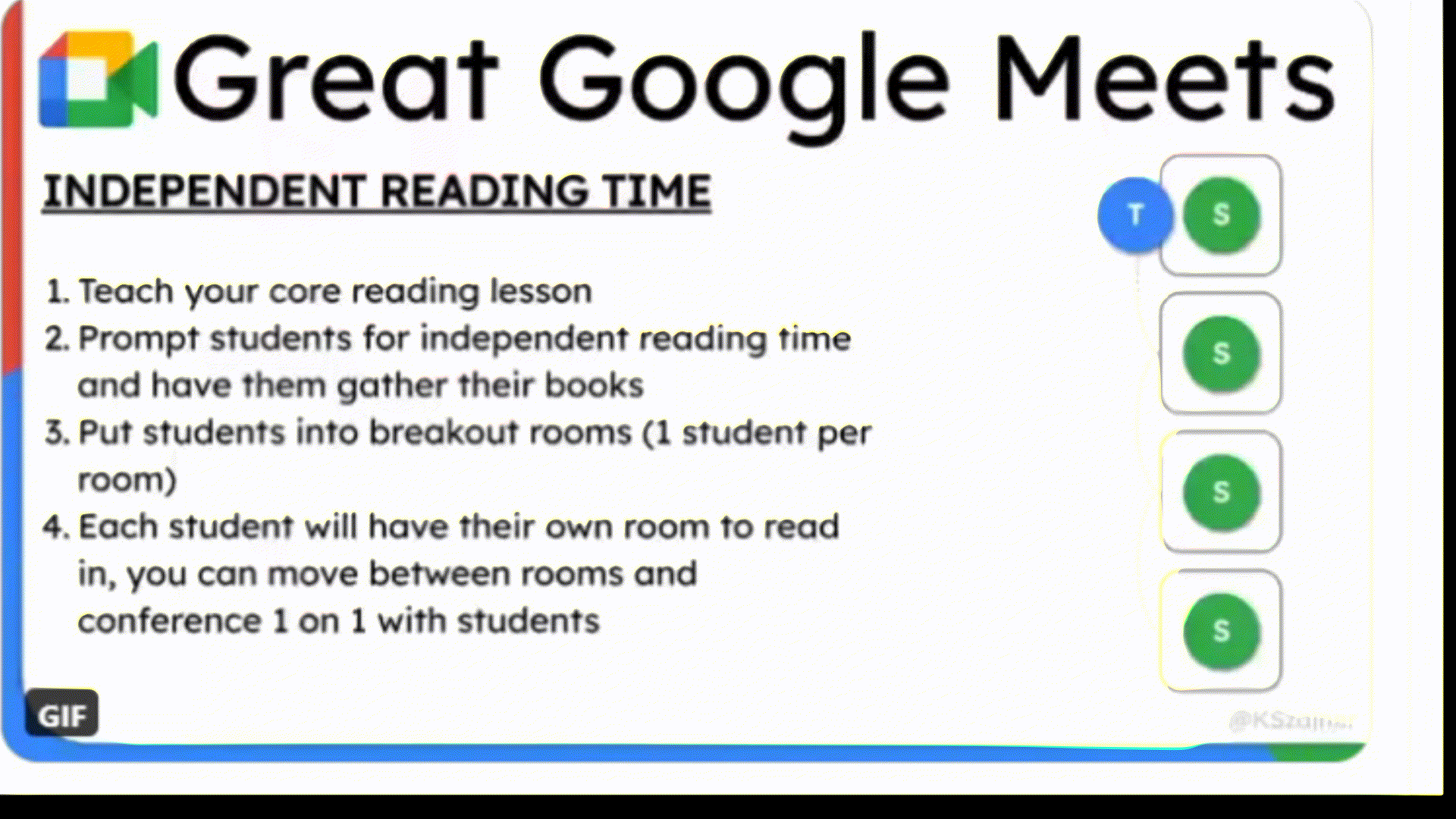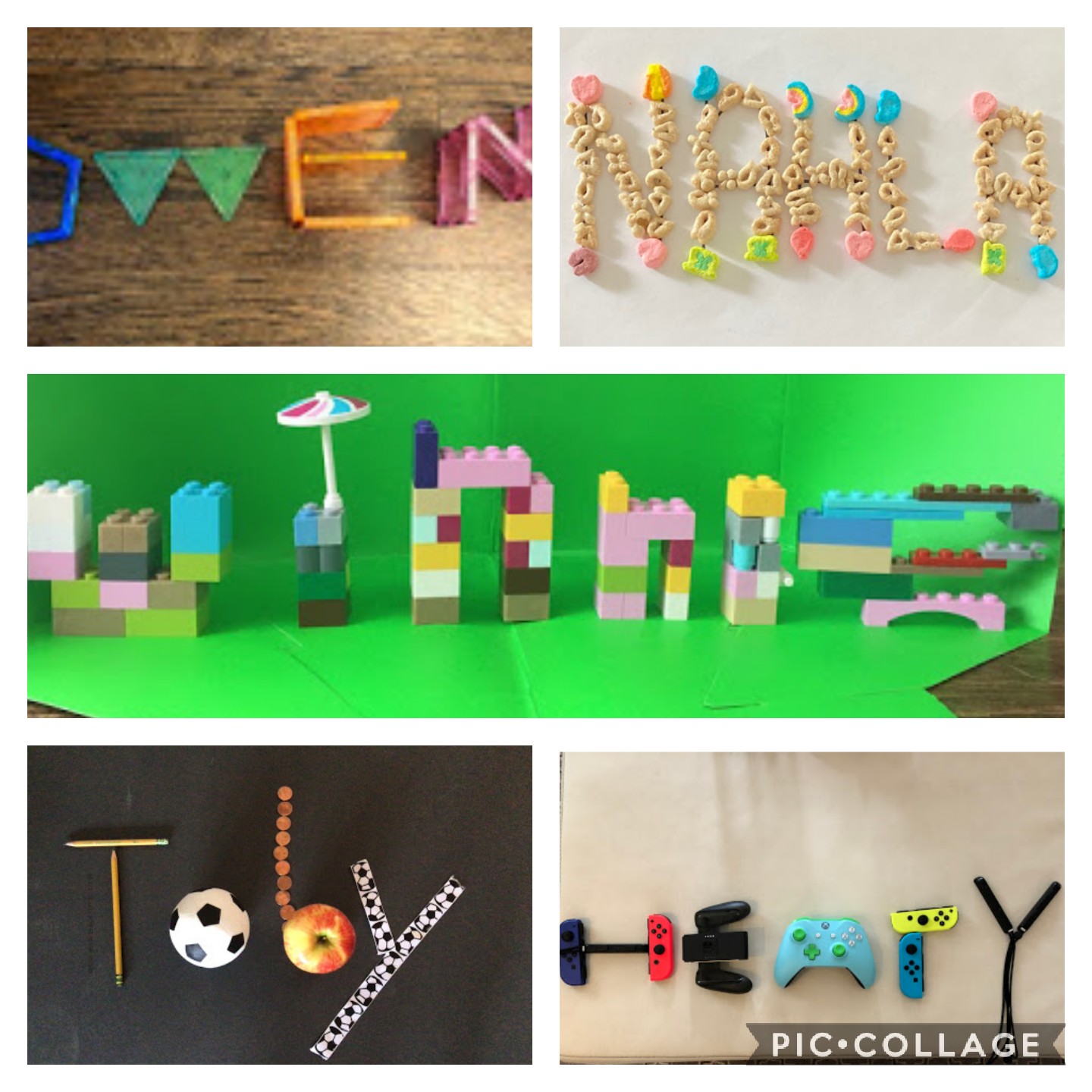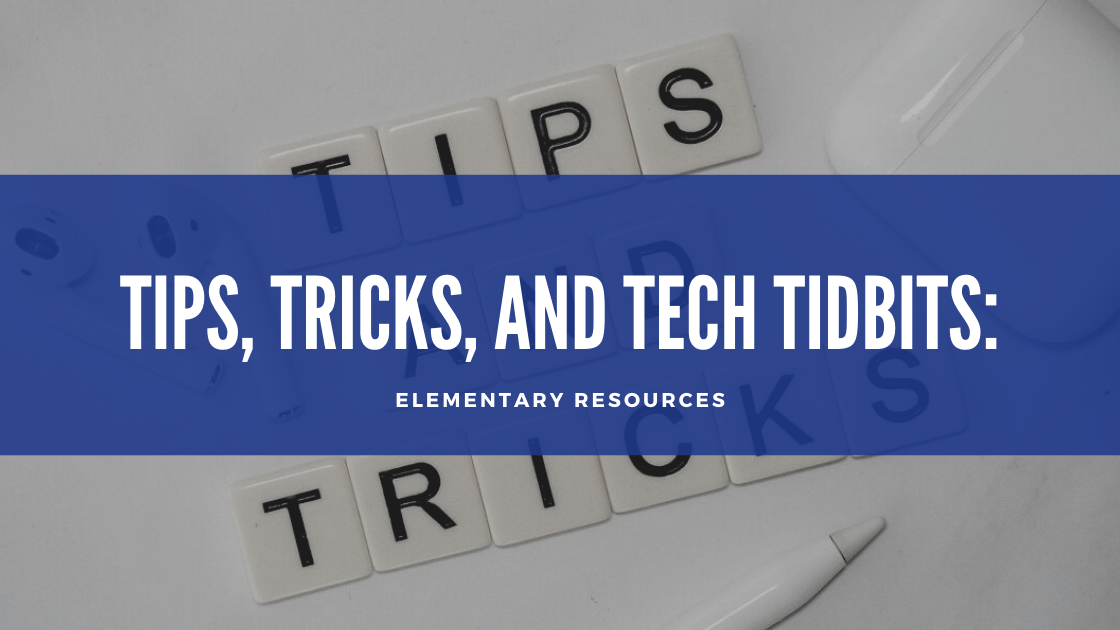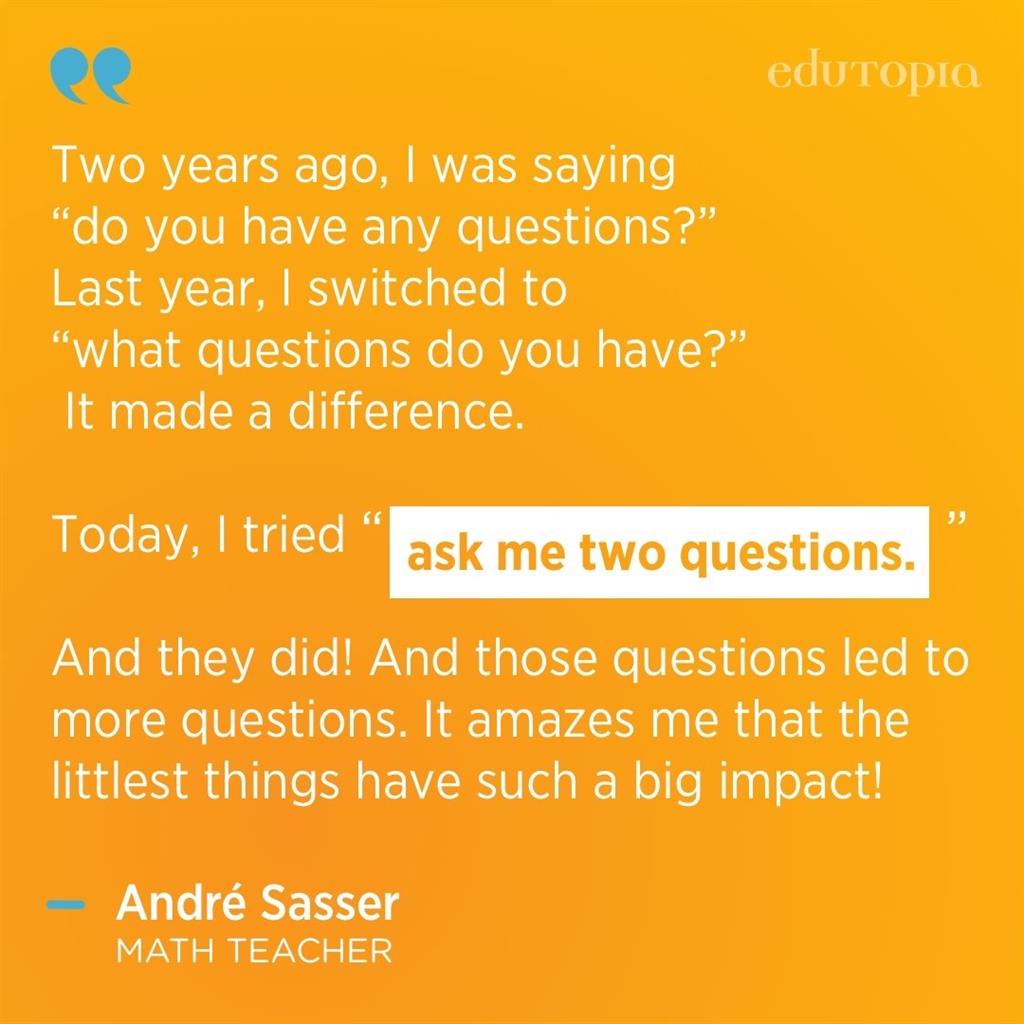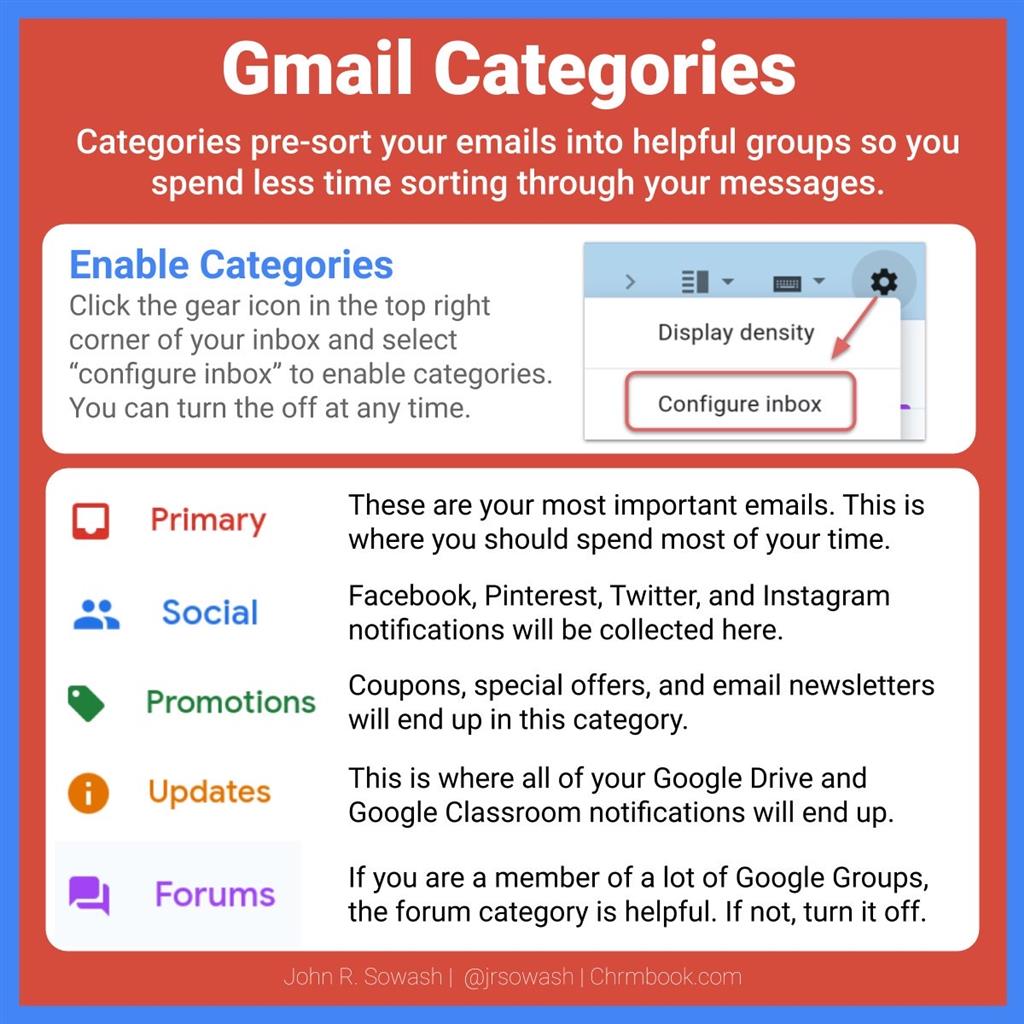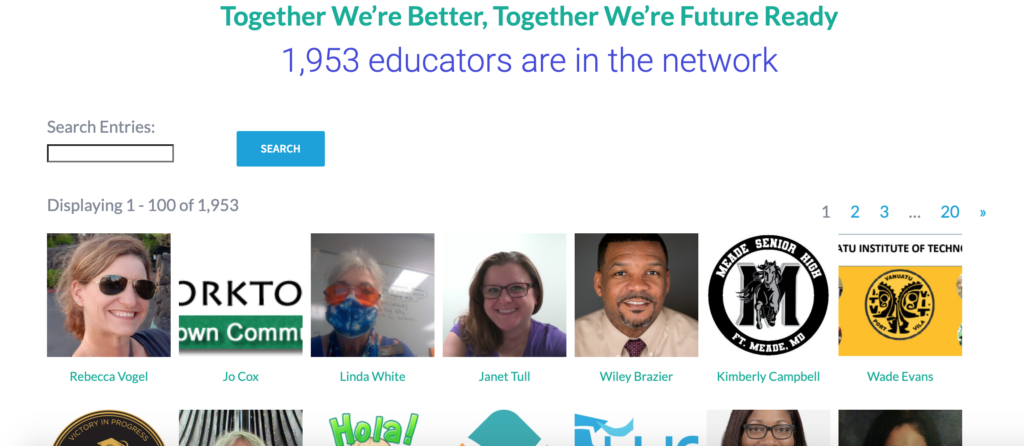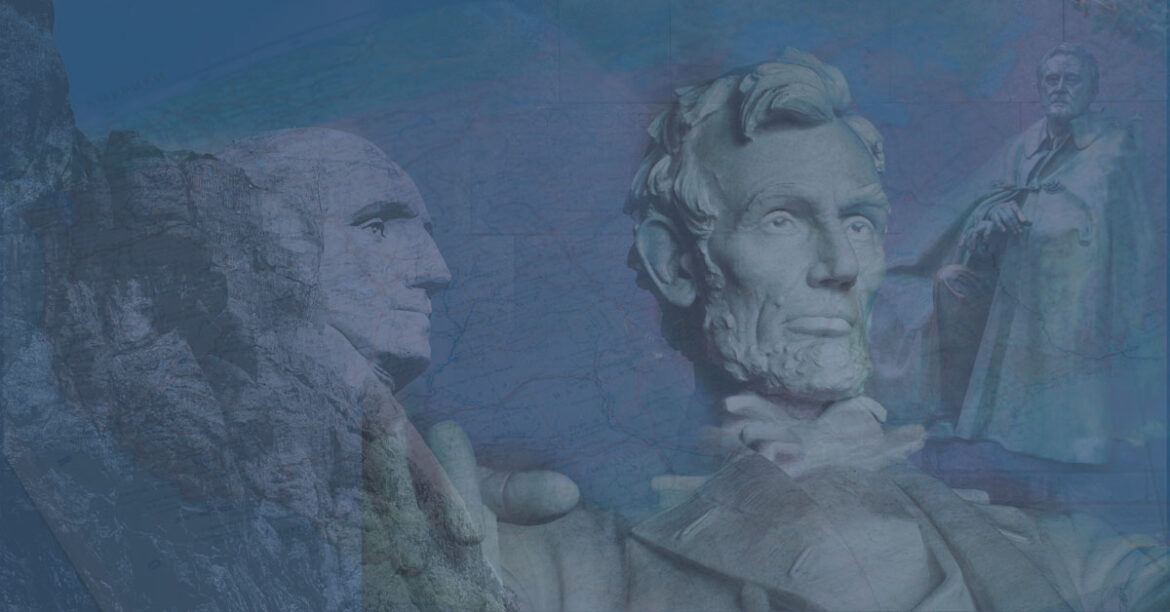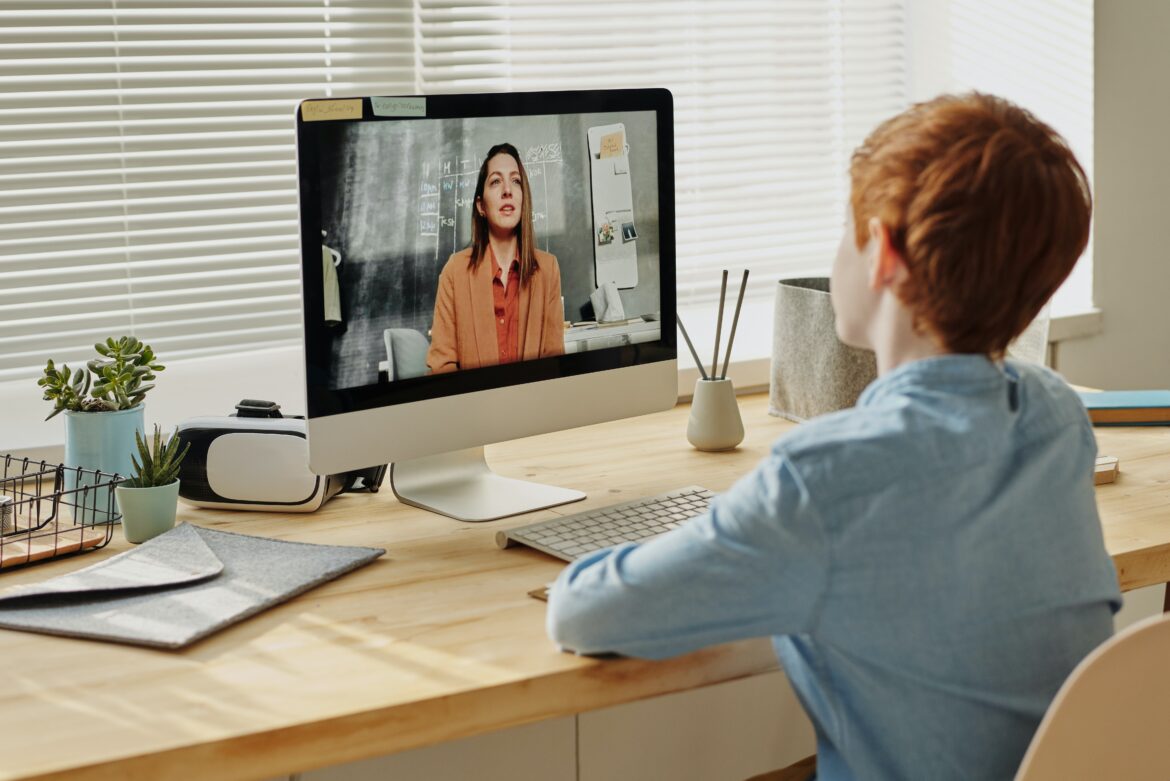Learning how to support students with learning disabilities is a central skill for all educators. Very few teachers will go through their career without being responsible for the education of at least a few students with learning differences or disabilities.
The U.S. Department of Education’s National Center for Educational Statistics reports that 14 percent of American students, or about one in seven, have some form of learning disability. That number more than doubles for students receiving special education services.
How do we create learning environments that are responsive to the needs of these students? Let’s explore the research and some compelling ideas on the topic.
Understanding Learning Disabilities
The term “learning disabilities” includes several specific conditions that can negatively affect learning. These include:
- Dyscalculia: Which “affects a person’s ability to understand numbers and learn math facts.”
- Dysgraphia: A condition that affects “a person’s handwriting ability and fine motor skills.”
- Dyslexia: Perhaps the most commonly-known condition, affecting “reading and related language-based processing skills.”
- Non-Verbal Learning Disabilities: These students may have “trouble interpreting nonverbal cues like facial expressions or body language and may have poor coordination.”
- Oral / Written Language Disorder and Specific Reading Comprehension Deficit: A set of conditions which can “affect an individual’s understanding of what they read or of spoken language.”
Related disorders may also include ADHD, dyspraxia, and issues with executive functioning.
In addition to defining learning disabilities, that is, what they are, it’s also important to note what they are not. Learning disabilities are an intentionally separate category from mental and physical handicaps or disabilities.
According to the Learning Disabilities Association of America, learning disabilities don’t include a number of conditions and constraints that may also affect learning.
Learning disabilities should not be confused with learning problems which are primarily the result of visual, hearing, or motor handicaps; of intellectual disability; of emotional disturbance; or of environmental, cultural or economic disadvantages.
LDA. “Types of Learning Disabilities“
Resources for Support
Guiding students with learning disabilities may be a challenge, but best practices can help each educator in their quest to support every student, regardless of their physical, intellectual, or learning disabilities.
Distance Learning
In episode 45 of TCEA’s Ed Tech Club podcast, we spoke with Meghan Whittaker of the National Center for Learning Disabilities (NCLD). She shared NCLD’s insights and data regarding the effectiveness of remote learning during COVID-19 for students with learning disabilities. You can hear our conversation below.
Can’t see the audio player? Click here to listen.
Whittaker also shared NCLD’s newly created toolkit for remote teaching and learning disabilities in episode 79. Listen below, and check out the toolkit here.
Can’t see the audio player? Click here to listen.
Racial Disparities
In episode 58, we talked about NCLD’s data regarding disproportionate effects across racial groups. You can see the Center’s report here, learning disabilities checklist here, and listen to the podcast below to go in depth.
Can’t see the audio player? Click here to listen.
More Resources on Learning Disabilities from TechNotes
- Multi-Sensory Literacy Activities
- Student Accommodations in Canvas
- Global Accessibility Awareness
- Planning G Suite EDU Use for Special Needs Children
Photo by Pragyan Bezbaruah from Pexels

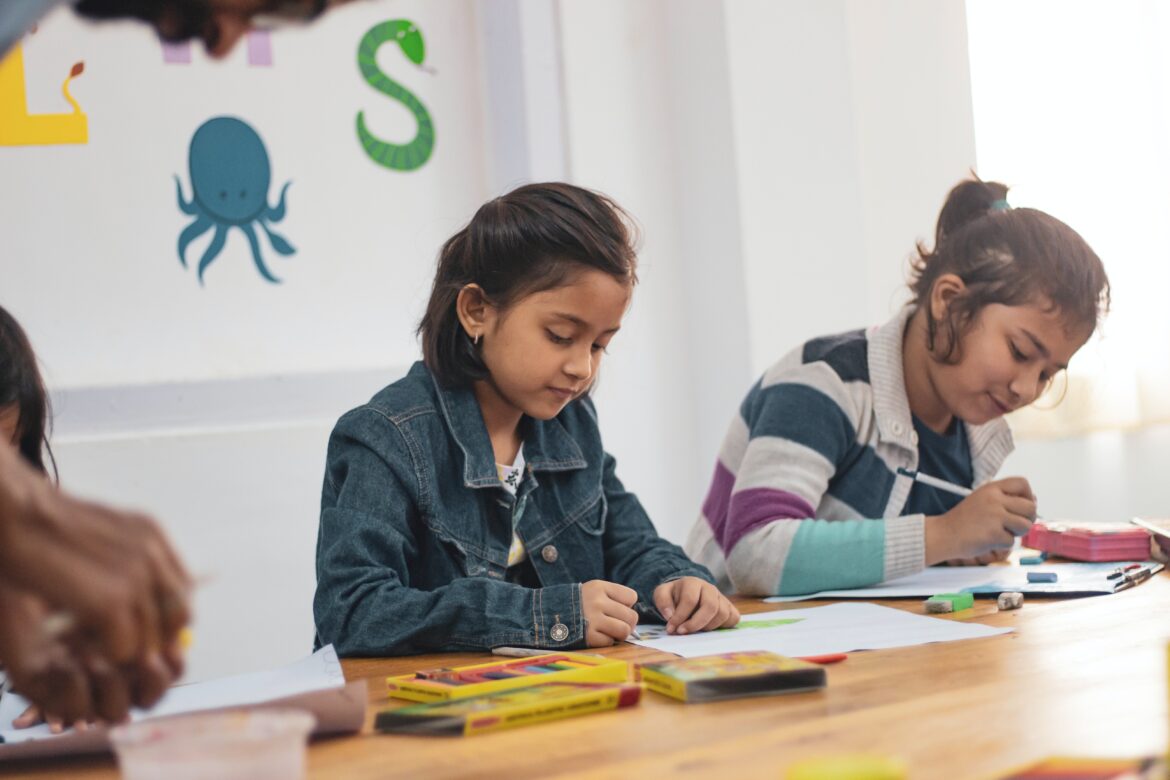
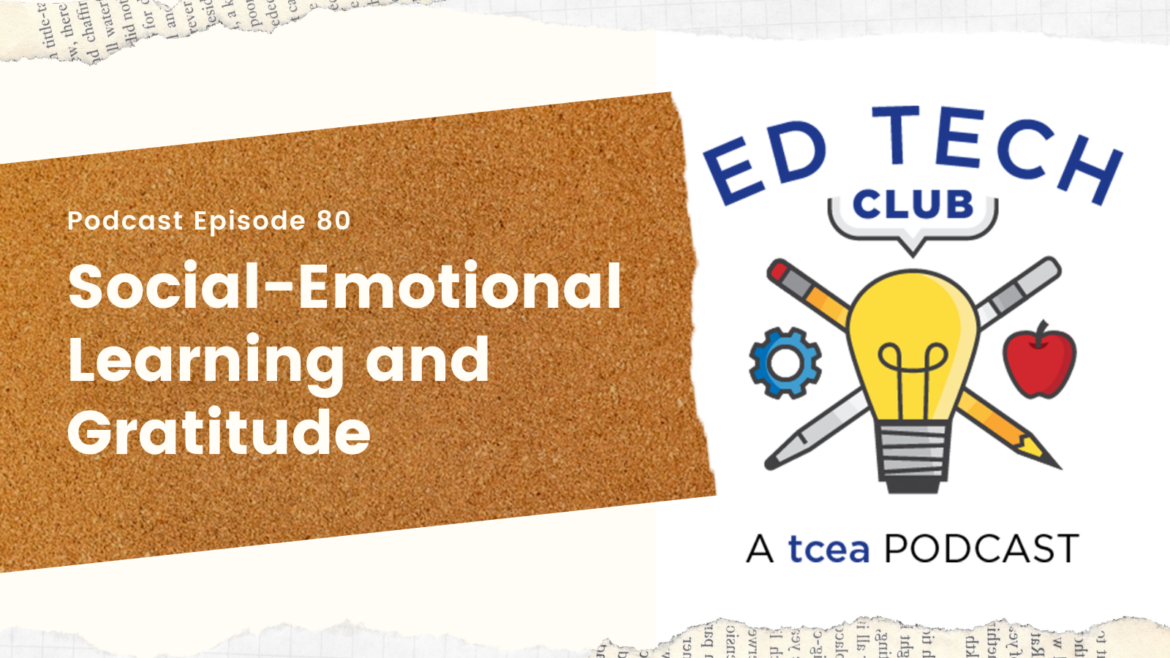
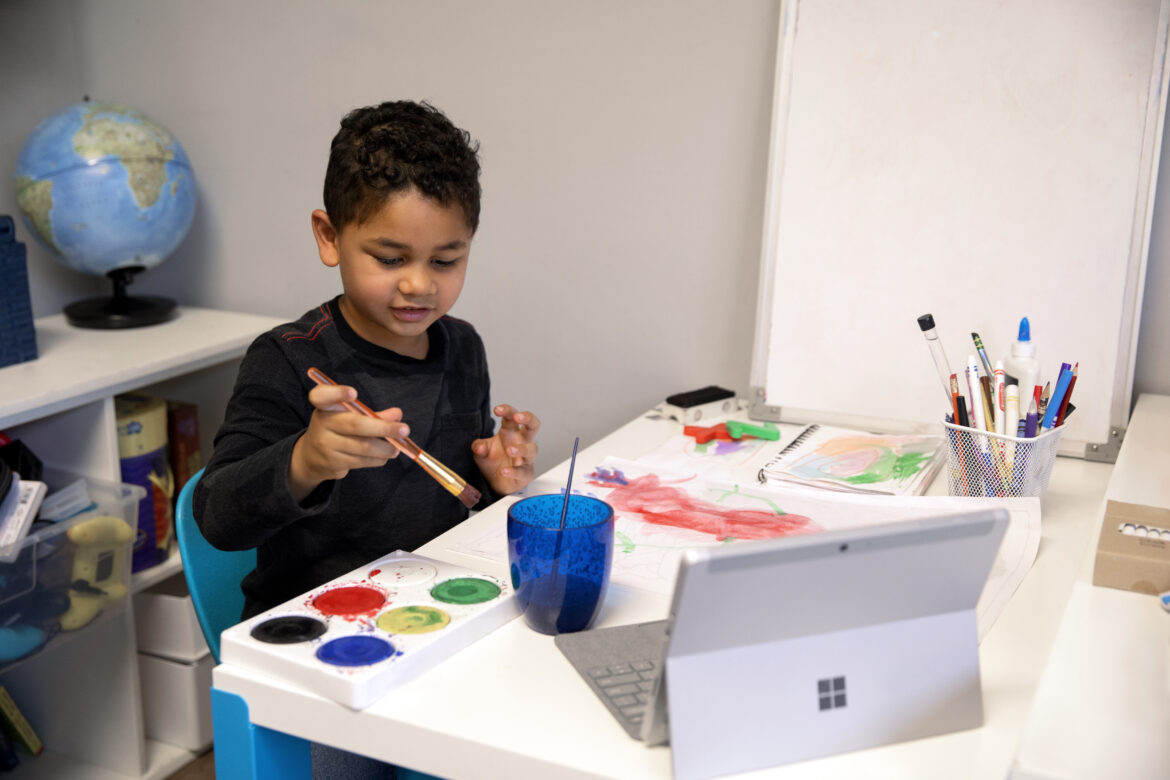
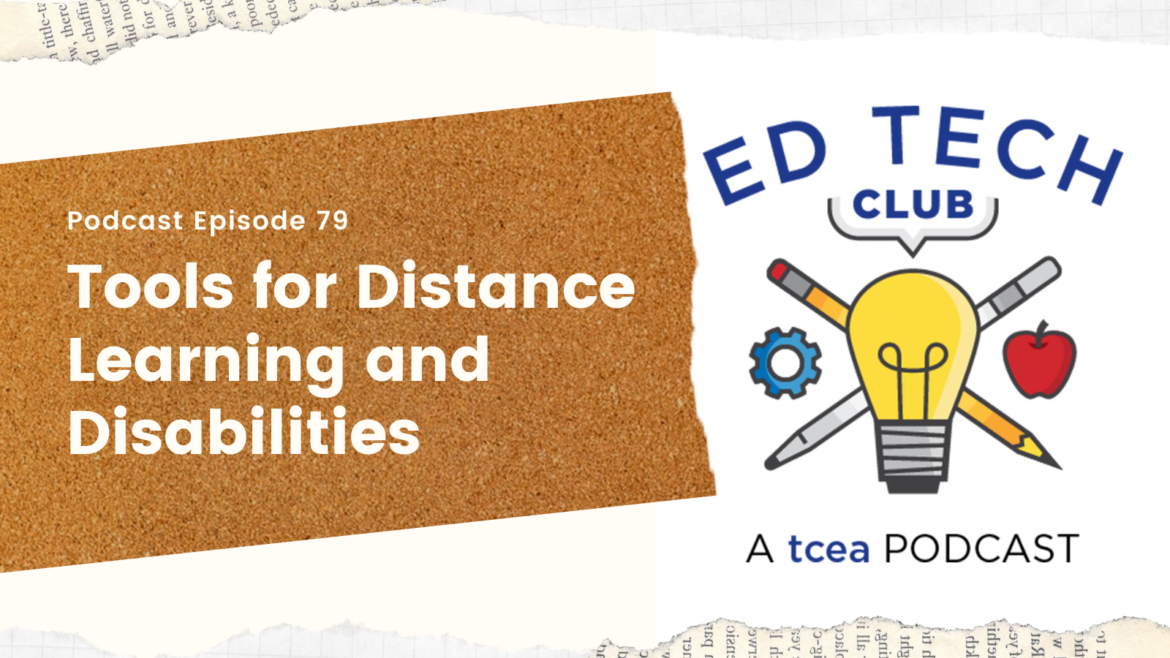
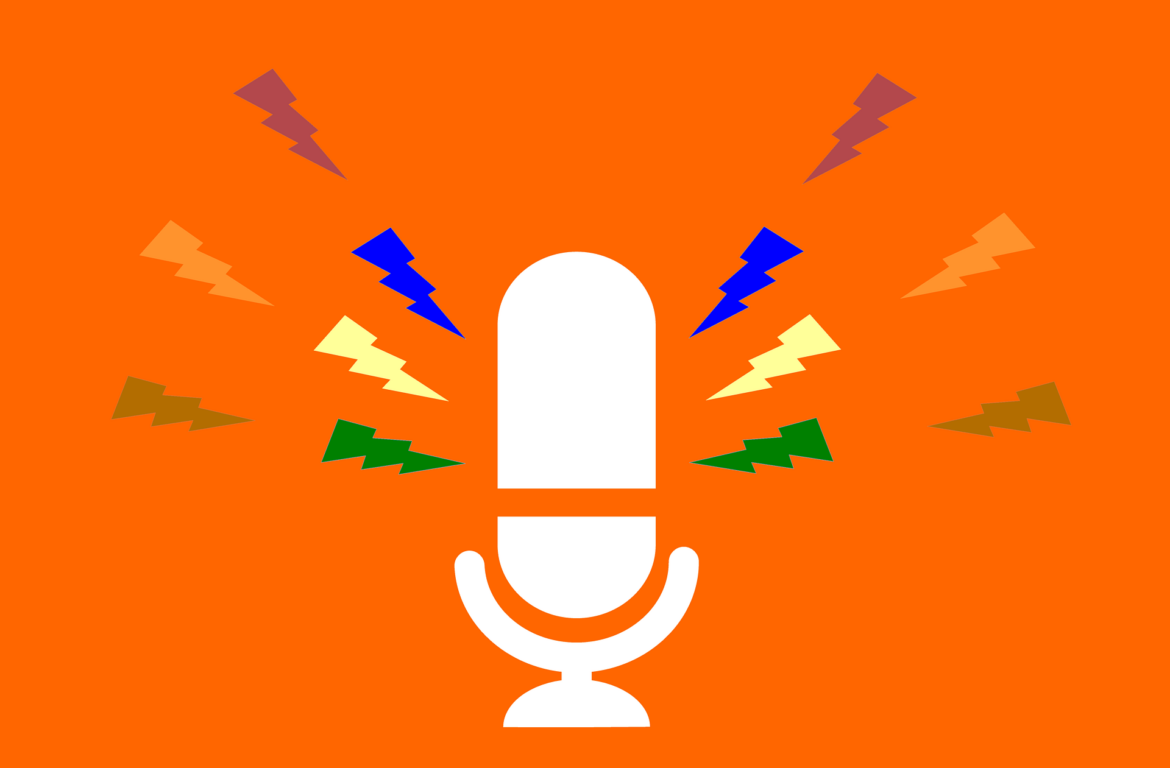


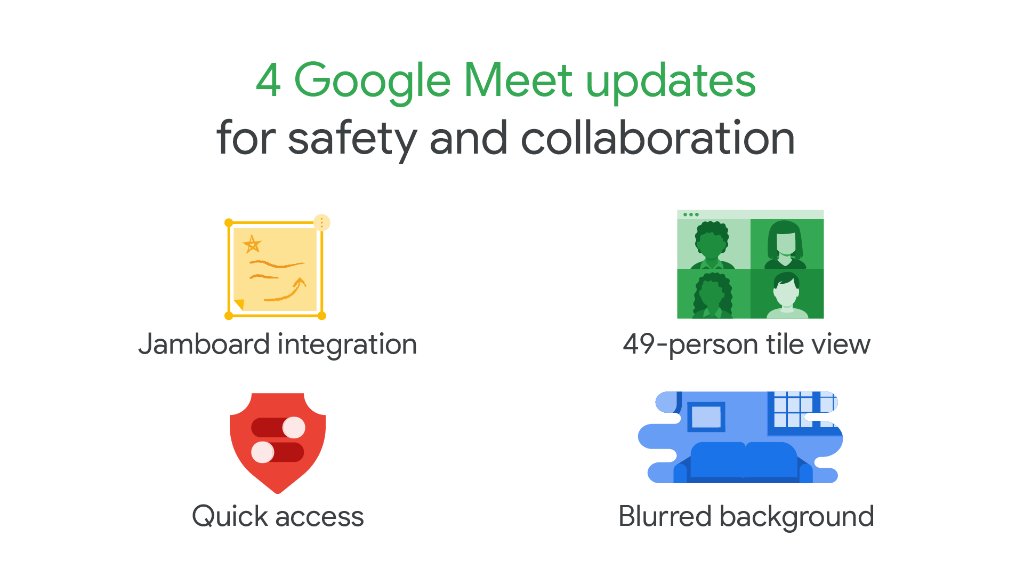 Source: Google
Source: Google